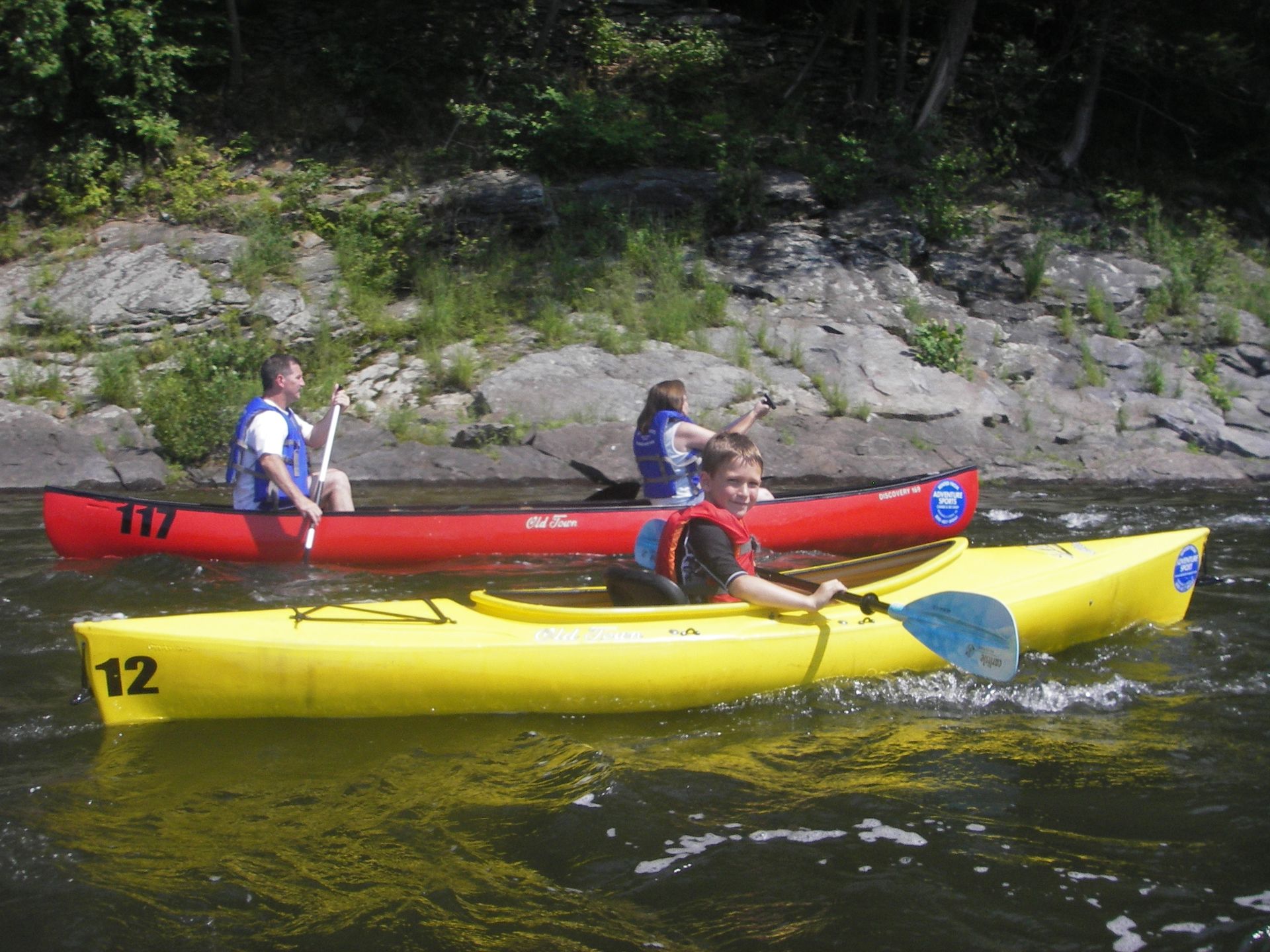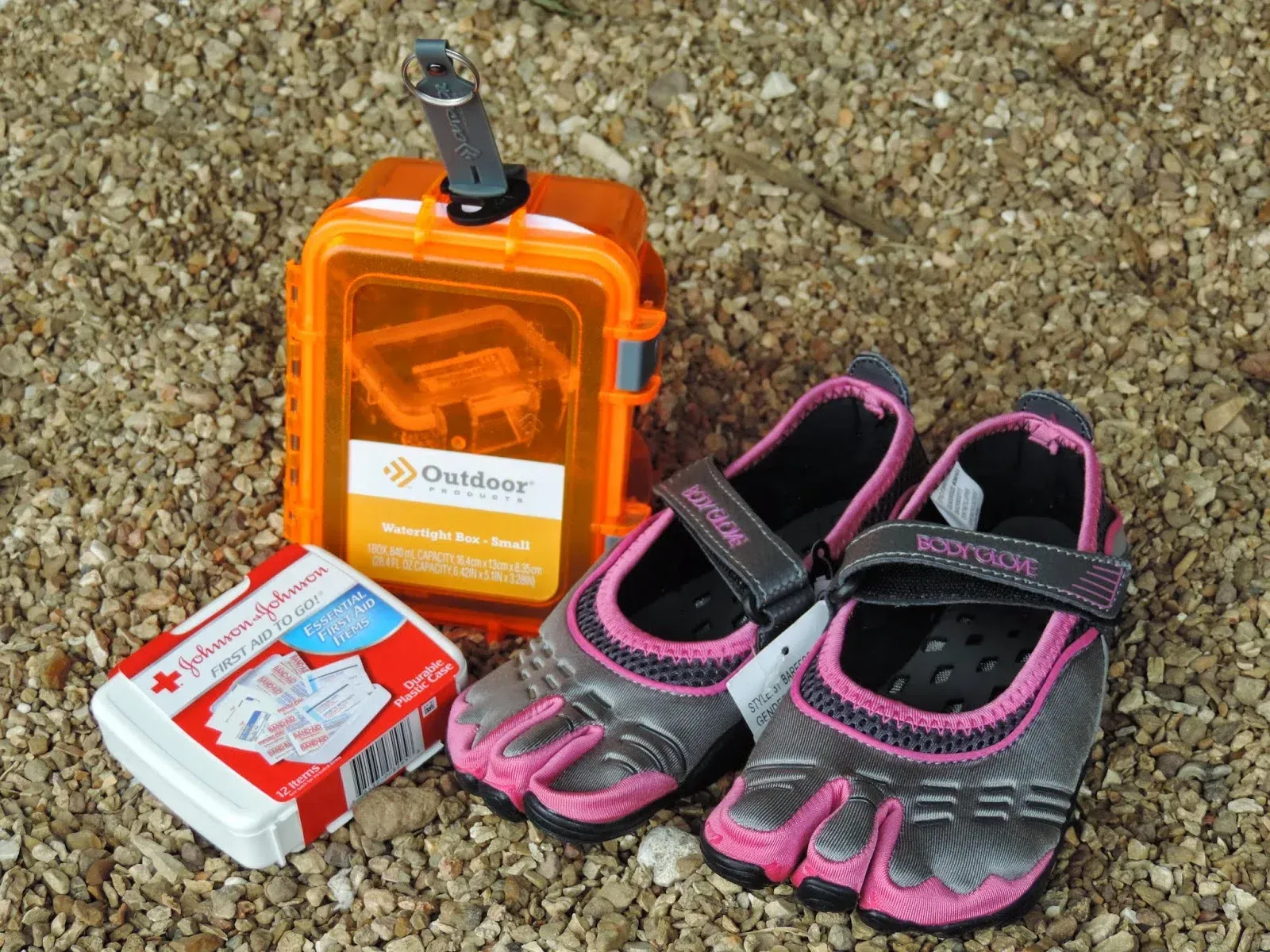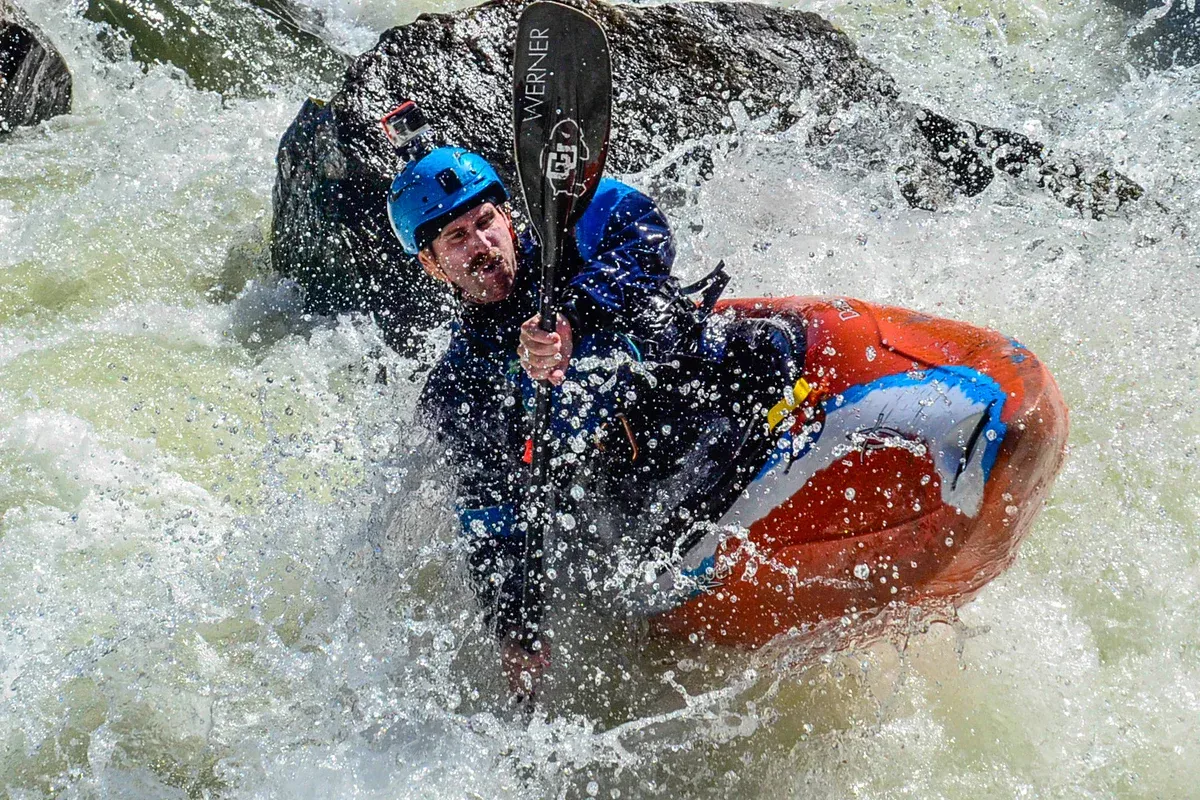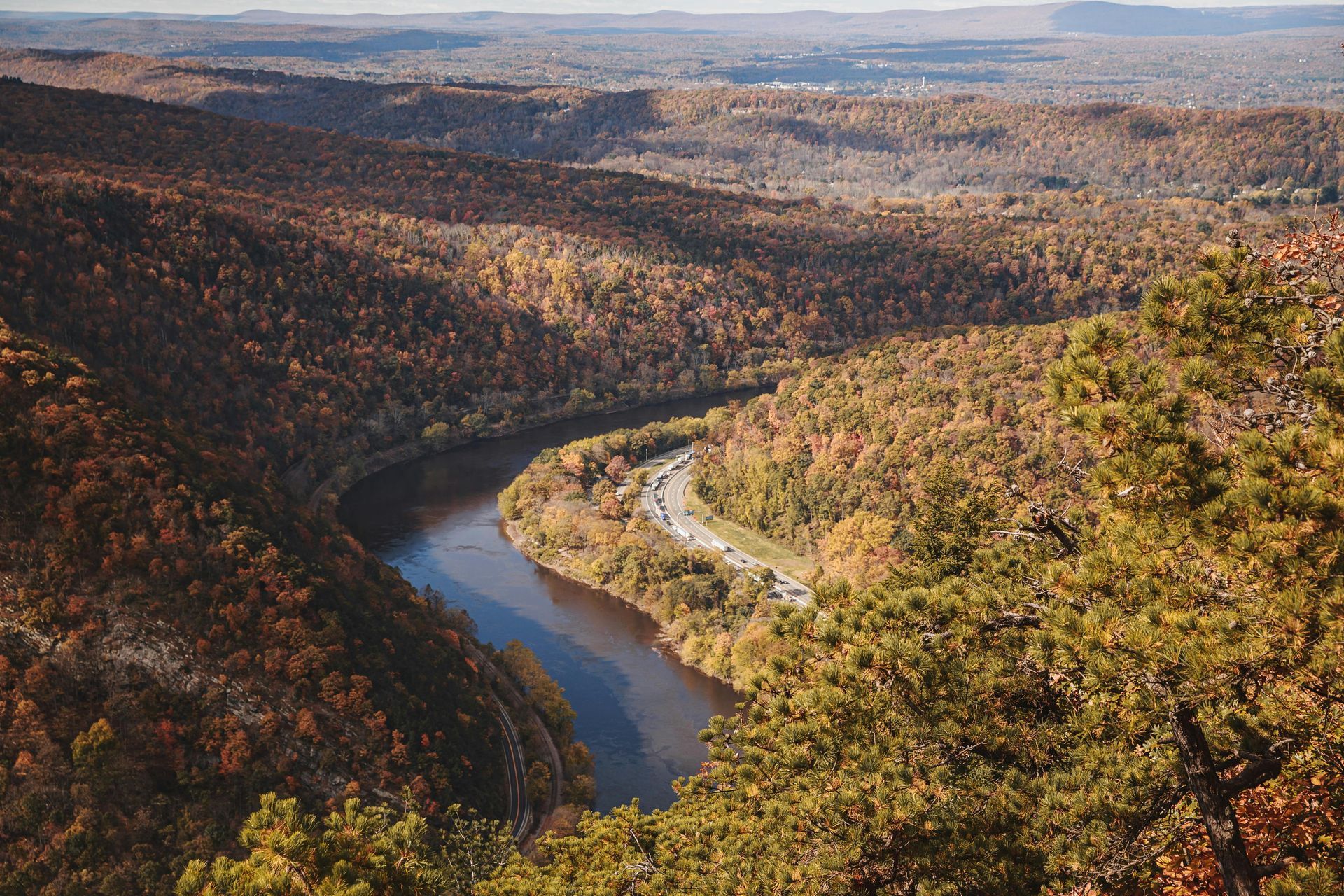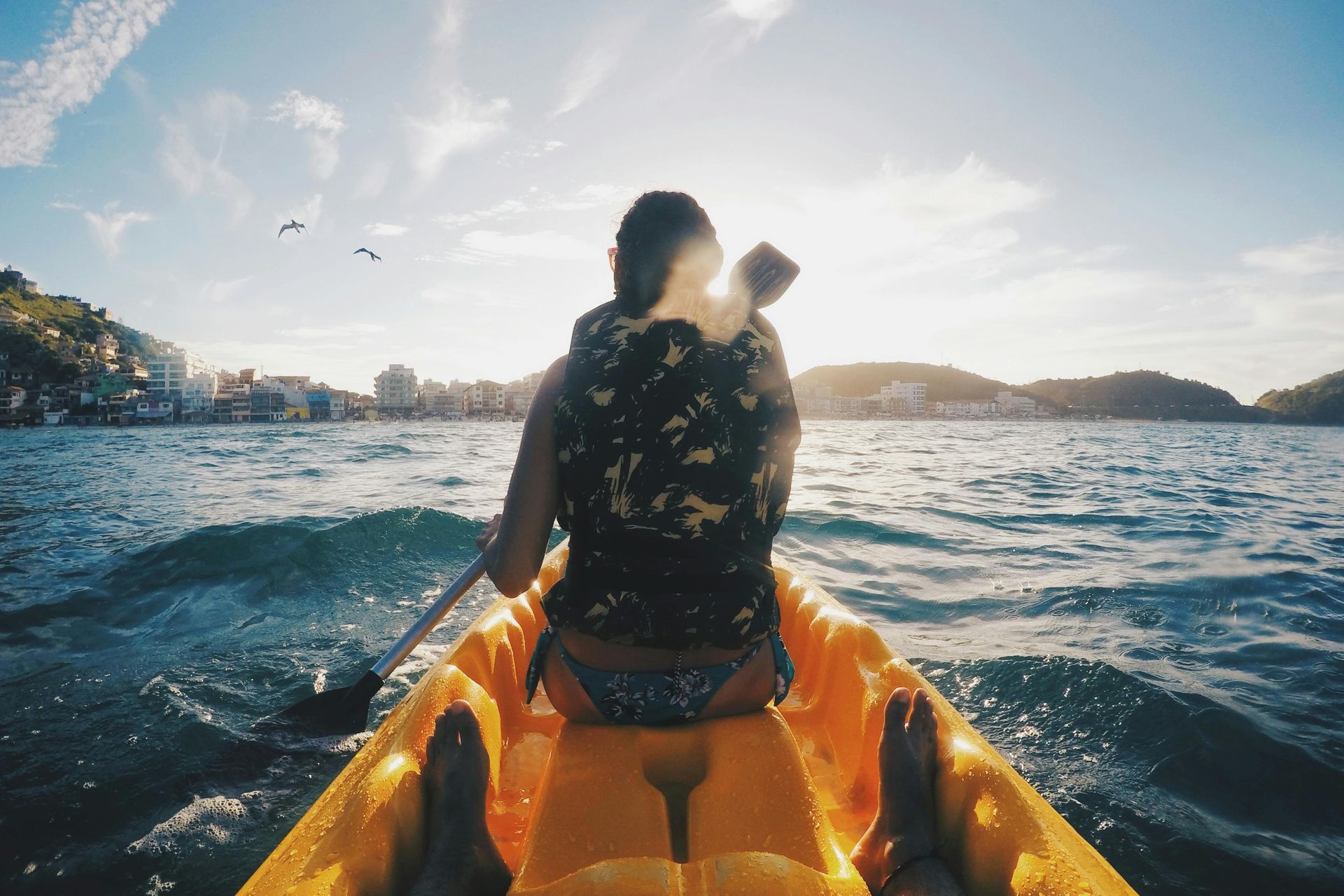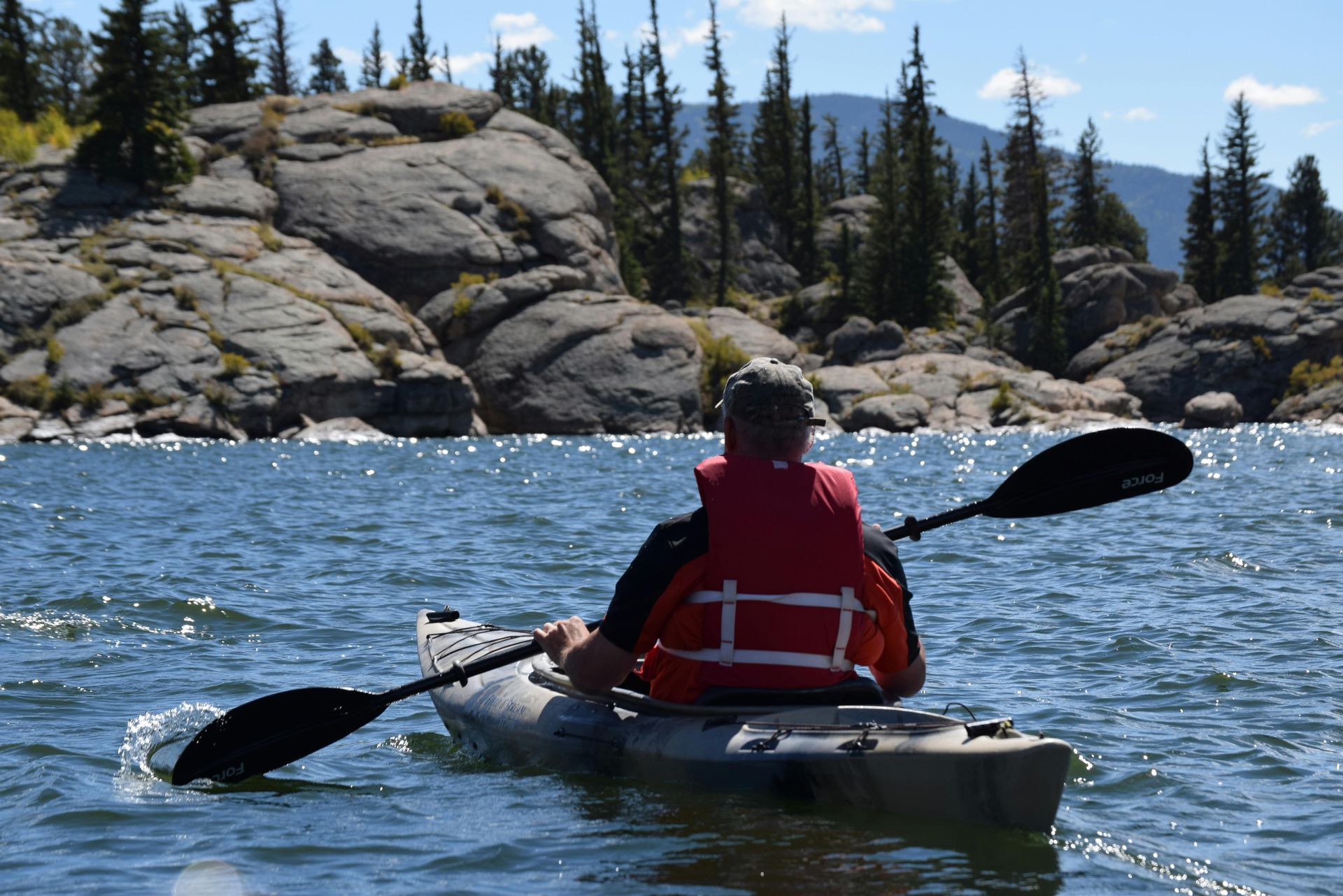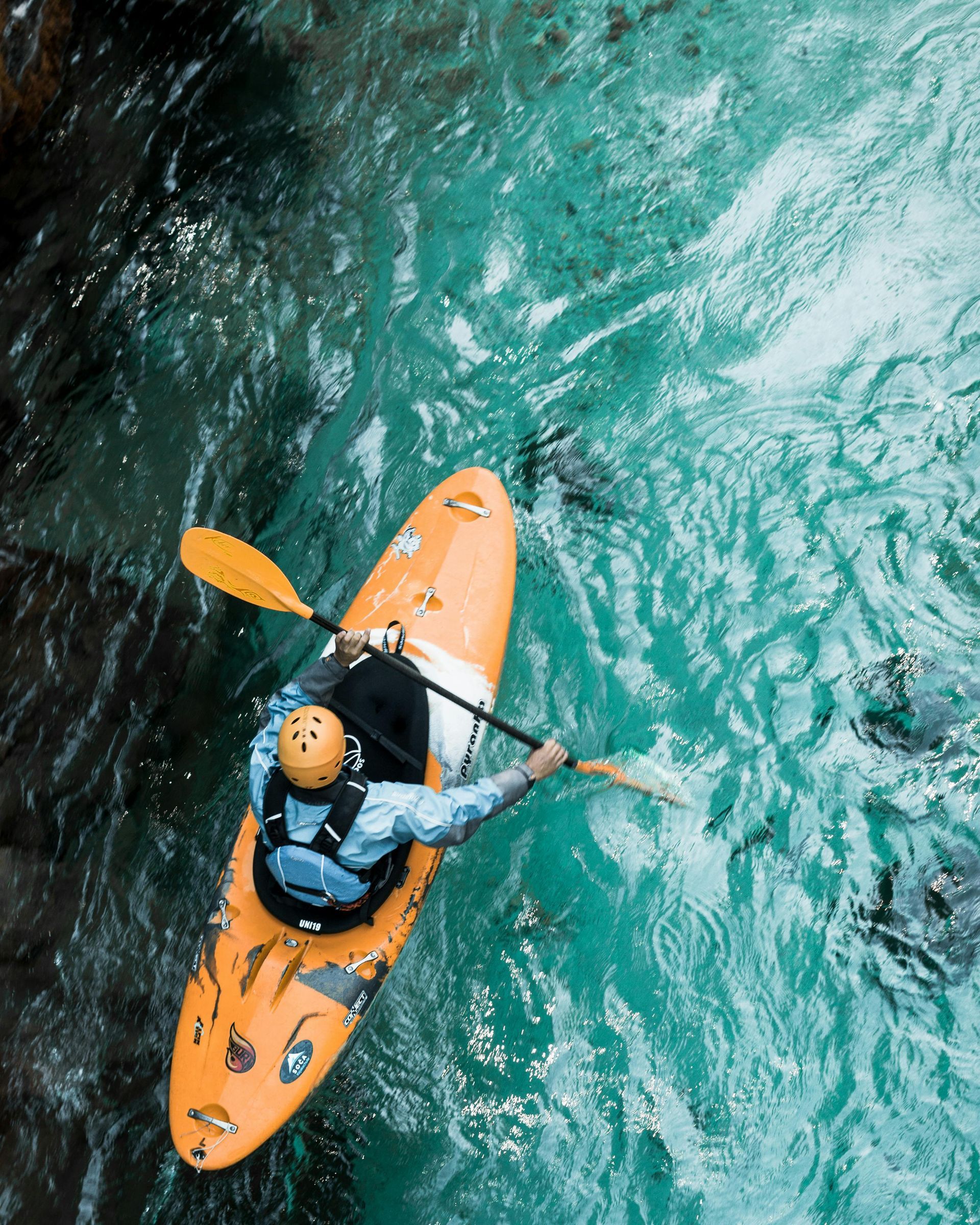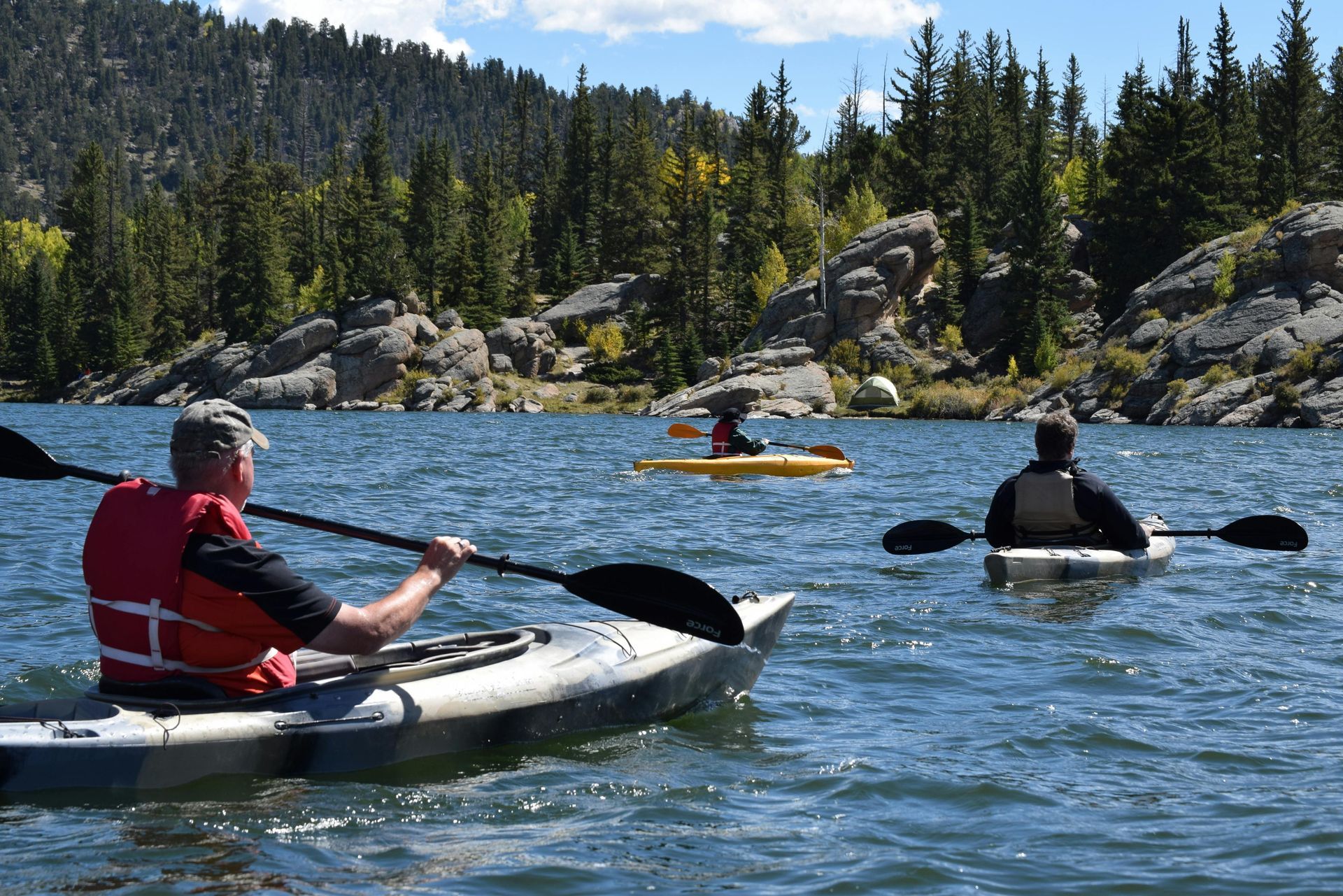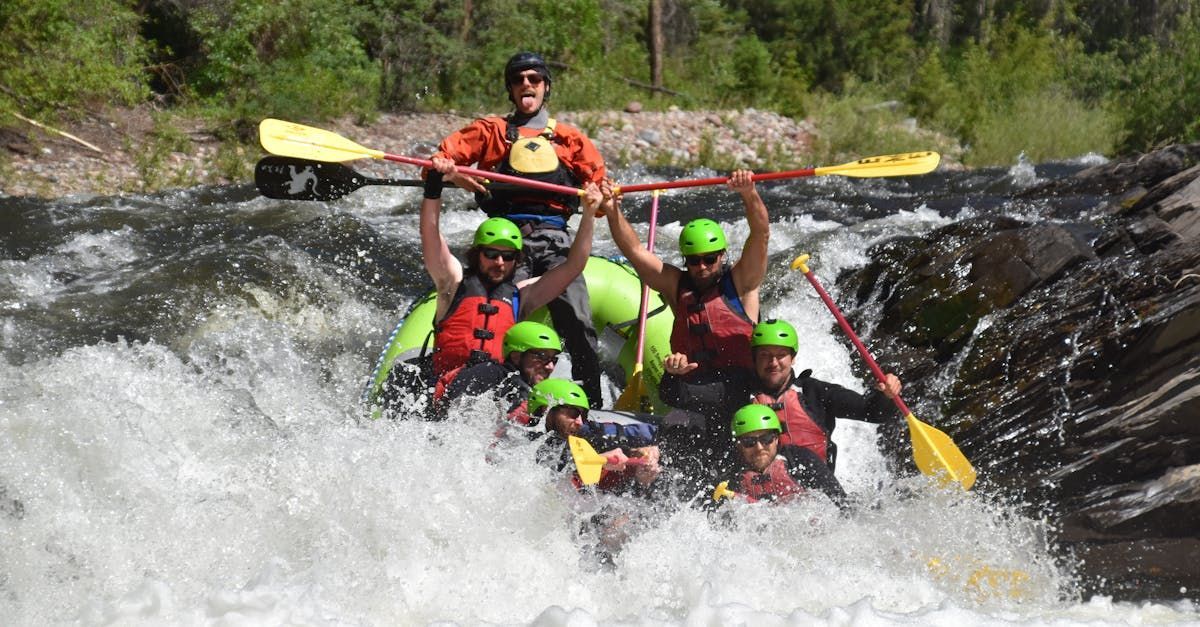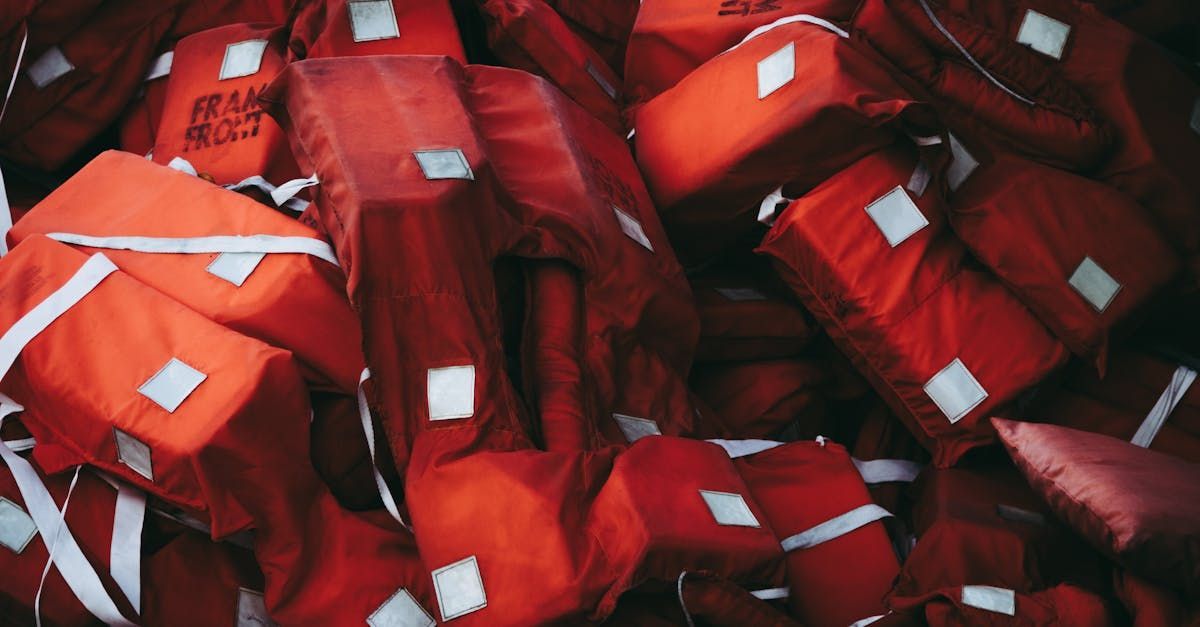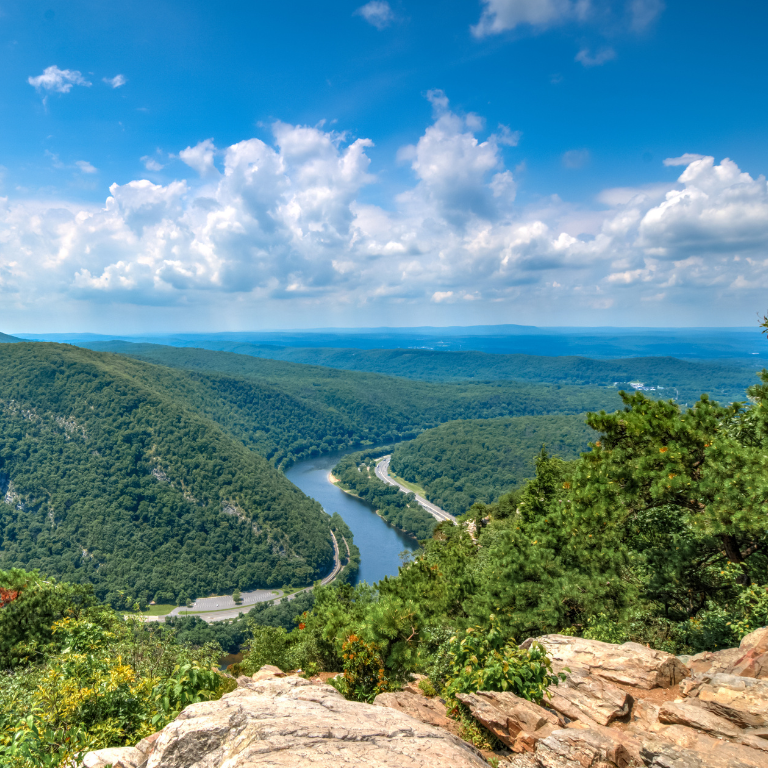How to Navigate Rapids Safely in a Raft
Navigating rapids in a raft is an exhilarating experience. It's a test of skill, teamwork, and courage as you battle the forces of nature.
However, it's not without its risks. The thrill of the ride comes with potential hazards that demand respect and preparation.
In this guide, we'll provide you with essential
raft safety tips. From understanding the
classification of rapids to choosing the right gear, we've got you covered.
Whether you're a seasoned rafter or a beginner looking for 'water activities near me', this article is for you. We'll help you define whitewater rafting, select the best river shoes, and even prepare for overnight rafting trips.
So, before you grab your raft oars and hit the water, take a moment to read through our comprehensive guide.
Understanding Rafting and Rapids
Whitewater rafting is more than just a thrilling water activity. It's a sport that requires skill, knowledge, and a deep respect for the power of nature.
Understanding the dynamics of rafting and the nature of rapids is the first step towards a safe and enjoyable experience.
Defining Whitewater Rafting
Whitewater rafting involves navigating a river's rapids in an inflatable raft. It's a popular outdoor activity that combines physical exertion with the thrill of adventure.
However, it's not without its risks. The unpredictable nature of rapids requires rafters to be prepared and vigilant at all times.
Classifying Rapids: Know Before You Go
Rapids are classified into six categories, from Class I to Class VI. This classification system helps rafters understand the difficulty and potential danger of the rapids they plan to navigate.
Class I rapids are the easiest, with small waves and few obstructions. On the other hand,
Class VI rapids are extremely dangerous, suitable only for expert rafters.
Here's a quick rundown of the classification system:
- Class I: Easy
- Class II: Novice
- Class III: Intermediate
- Class IV: Advanced
- Class V: Expert
- Class VI: Extreme and Exploratory
Photo By: PLAYO
Essential Rafting Gear
Having the right gear is crucial for a safe and comfortable rafting experience. It not only protects you from the elements but also enhances your performance on the water.
From
helmets and life jackets to raft oars and dry bags, each piece of equipment plays a vital role in your safety and enjoyment.
Choosing the Best River Shoes and Clothing
When it comes to rafting, your choice of clothing and footwear can make a significant difference. You need attire that can withstand the rigors of the river while keeping you comfortable.
River shoes, for instance, should offer good grip and toe protection. They should also drain quickly and stay secure on your feet even in turbulent water.
Your clothing should be quick-drying and lightweight. It should also provide protection from the sun and cold. Layering is key, especially for longer or overnight trips.
Rafting Supplies Checklist
Before you set off on your rafting adventure, make sure you have all the necessary supplies. Here's a basic checklist to get you started:
- Life jacket
- Helmet
- River shoes
- Quick-drying clothing
- Raft oars
- Dry bag
- Water-resistant sunscreen
- First aid kit
- Repair kit
- Whistle
- Throw bag for rescue situations
- High-visibility clothing or gear
- Waterproof camera or protective case for electronics
- Personal flotation devices (PFDs) for each rafter
Remember, this list is not exhaustive. The exact supplies you'll need may vary depending on the length and difficulty of your trip, the weather conditions, and your personal needs.
Preparing for Your Rafting Trip
Preparation is key to a successful and safe rafting trip. This includes physical and mental readiness, as well as understanding the river and its potential challenges.
It's also important to check the weather forecast, river conditions, and local regulations. Always leave a trip plan with someone not on the rafting trip for safety.
Safety Briefing: A Must-Do
Before you hit the water, a safety briefing is essential. This should cover rafting techniques, safety protocols, and emergency procedures.
It's also a good time to familiarize yourself with river signals and the use of safety equipment like throw bags and quick-release harnesses.
What to Bring Rafting: Packing for a Day or Overnight Trip
Packing for a rafting trip depends on the duration and nature of your adventure. For a day trip, you'll need essentials like food, water, and personal items.
For overnight trips, consider the following:
- Tent or sleeping bag
- Cooking equipment
- Extra clothing
- Flashlight
- Insect repellent
- Personal hygiene items
Remember, everything you bring should be packed in a dry bag to keep it safe from water.
Photo By: Colorado Kayaks
On the Water: Navigating Rapids
Once you're on the water, the real adventure begins. Navigating rapids safely requires skill, awareness, and teamwork.
Remember, respect the river's power. Never underestimate it. Stay alert and sober to react quickly to changing conditions.
Paddling Techniques with Raft Oars
Effective paddling is crucial for navigating rapids. It's not just about strength, but also timing and coordination.
Your guide or experienced rafter will teach you the
basic strokes. Practice them until you're comfortable.
Remember,
paddling is a team effort. Synchronization with your fellow rafters is key.
Reading the River: Identifying Hazards
Understanding the river is a vital part of rafting safety. Learn to identify potential hazards like rocks, whirlpools, and fallen trees.
Also, be aware of the river's flow rate and water levels. These can change rapidly, especially in the rafting season.
Finally, know the exit points along the river. This is crucial in case of emergencies.
Teamwork and Communication
Rafting is a team sport. Good communication and teamwork can make the difference between a fun ride and a dangerous situation.
Always listen to your guide or the most experienced rafter. Use clear and simple river signals to communicate with your team.
Safety Protocols and Emergency Procedures
Safety should always be your top priority when rafting. It's important to know the protocols and procedures for emergencies.
This includes knowing what to do if you capsize or fall out, and how to handle rescues.
What to Do if You Capsize or Fall Out
Capsizing or falling out of the raft can be scary. But don't panic. Remember your training.
- Try to hold onto the raft if you can.
- If you're swept away, float on your back with your feet downstream.
- Always look ahead for obstacles.
Remember, your life jacket is designed to keep you afloat. Trust it.
Handling Rafting Emergencies and Rescues
In case of emergencies, it's important to stay calm and follow the plan. Your guide or experienced rafter will take the lead.
Use your whistle to signal for help. Three short blasts is the universal signal for distress.
Remember, everyone in the raft is responsible for each other's safety. Be ready to assist in rescues if needed.
After the Rapids: Post-Rafting Considerations
Once you've navigated the rapids, your rafting adventure isn't quite over. There are a few post-rafting considerations to keep in mind.
These include your environmental responsibility and reflecting on your experience.
Environmental Responsibility and Wildlife
Respecting the environment is a key part of rafting. Always adhere to Leave No Trace principles.
This includes respecting wildlife. Remember, you're a guest in their home. Keep a safe distance and never feed or disturb them.
Reflecting on the Experience
After your rafting trip, take some time to reflect. What went well? What could you improve for next time?
This reflection will help you grow as a rafter. Plus, it's a great way to relive the adventure.
Conclusion
At Adventure Sports, we believe that the thrill of navigating rapids should be accessible to everyone, including those just starting out with rafting for beginners. With the right preparation and knowledge, you can embark on your own whitewater adventure with confidence.
Whether you're considering an exhilarating day on the water or planning overnight rafting trips under the stars, understanding what to wear whitewater rafting is essential for both comfort and safety. By choosing appropriate clothing and gear, you’ll enhance your experience while staying protected against the elements.
Remember, the joy of rafting lies not just in the adrenaline rush but also in respecting the river and ensuring your safety. We hope this guide has equipped you with the necessary tips and insights to embark on your journey. Don’t hesitate to
reach out to Adventure Sports for more information or to book your next rafting adventure. Get ready for an unforgettable experience on the water!
